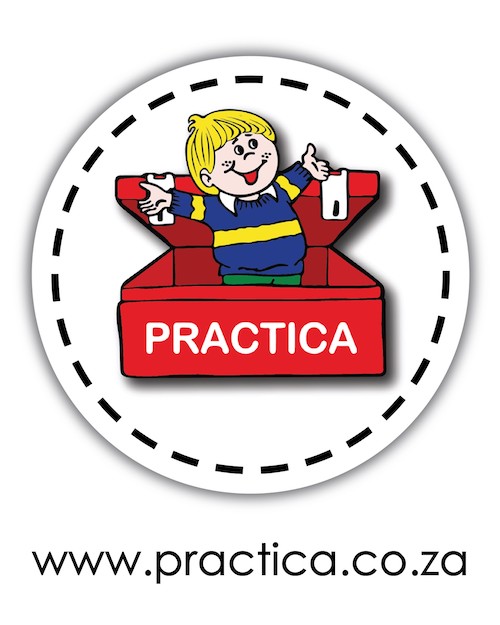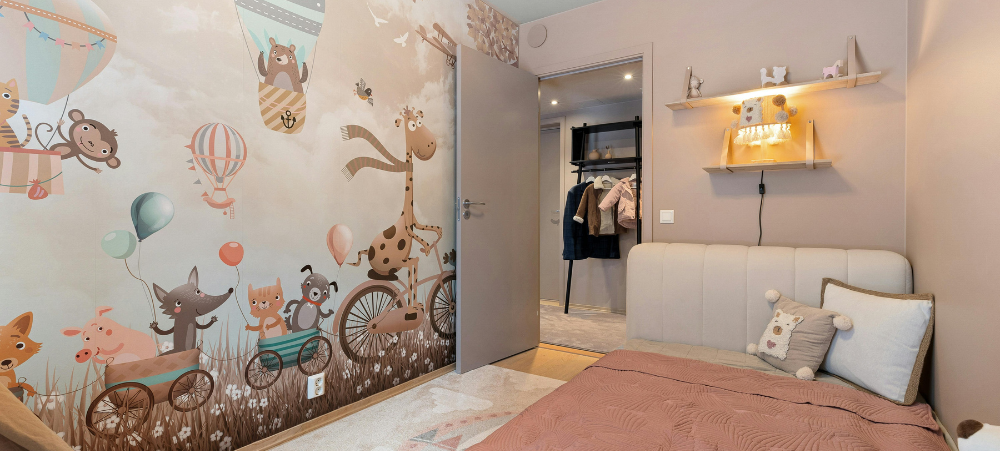As parents, we do our very best for our children, actively giving them everything we believe they need… and more.
So, the idea that their ‘love tanks’ may sometimes be running low is not only hard to believe, but it flies in the face of the love we express for them daily through our words and actions.
The 5 Love Languages
In a book written by Gary Chapman, called The 5 Love Languages (Moody Press, 1997), the author describes how there are five main ways of expressing and experiencing love (Words of Affirmation, Quality Time, Receiving Gifts, Acts of Service and Physical Touch).
Each of us (including our children) prefers to express and receive love in one or maybe two of these ways. If we can find a way to ‘talk’ the right love language when we’re dealing with a particular person, our needs and the needs of those we love are easier to fulfil.
This book is very true, and a later companion book called The 5 Love Languages of Children (Gary Chapman and Ross Campbell M.D.), notes that a child’s preferred ‘love language’ only becomes noticeable from around age five.
What about babies and toddlers?
Interestingly, when a baby is born, the one area of the brain that is most developed and able to process information is the area devoted to touch perception. And, because little babies and toddlers live on a very physical level, for the most part they experience life and understand the world through their bodies.
Babies and toddlers also naturally don’t yet understand abstract concepts like giving and receiving gifts; the underlying value of spending time together; the meaning of words; and the intentions behind acts of service. So it makes sense that young children across the board initially prefer the language of physical touch when it comes to expressing and experiencing love and affection.
What is an ’empty love tank’?
Simply put, a person suffers from an empty love tank when he doesn’t feel loved and secure in the relationship he has with the important people in his life.
How do I know when my child’s love tank is running low?
- Your little one becomes very clingy.
- Your little one becomes more demanding than usual, especially when you’re in the middle of something, like a phone call, shopping, or cooking dinner.
- Your little one cannot deal with simple frustrations (like someone taking their toy) and has a meltdown as if his emotional foundation has been rocked when he doesn’t get his way.
- Your little one is finding it exceptionally difficult to deal with a ‘big change’, such as a new school, teacher, sibling, moving house, a divorce or any other major life change.
The value of Touch Therapy
The good news is that you can help to solve two incredibly taxing parenting challenges with one simple remedy: fill your child’s love tank. And how is this done? Well, while filling somebody’s love tank may involve different things for different people, Touch Therapy is by far the most effective way to communicate love and security to young children.
When using Touch Therapy, you are literally communicating to your child that he is deeply loved. And, when done correctly, this basic touch-technique tells your child what countless words and actions cannot.
Because Touch Therapy helps to fill your child’s love tank, the end result is usually a child who is more emotionally grounded, secure and resilient. So it is also a great method to use when starting sleep training; when a new sibling arrives; when your child is struggling with frustration; when your child is being verbally or physically aggressive; and when your child is sick.
Commonly, parents find they interpret their child’s negative behaviour with more insight and empathy once they are aware of the concept of an empty love tank. However, beware of responding by doing Touch Therapy within a few minutes after an ‘incident’ in an effort to soothe your child, because you may inadvertently be rewarding the negative behaviour. In fact, Touch Therapy works best as part of a routine, for instance, every morning and every night at roughly the same point in your waking-up or bedtime sequence of events.
Touch Therapy – Step by Step
You can do Touch Therapy when your child is lying down, or even sitting on your lap with his back to you. With gentle but firm and rhythmical pressure, use both your hands to hold-and-squeeze his arms very slowly, starting at the shoulders. Repeatedly hold-and-squeeze all the way down his arms until you reach his wrists. At this point, press your child’s hands together. Now, do the same with your child’s legs, starting at his hips and working towards his ankles, ending off by gently but firmly squeezing his feet. Lastly, place your hands over his ears, and hold his head in a firm grip for five to ten seconds.
You can repeat this slow and rhythmical ‘massage’ for at least five minutes, and it may make the whole experience more enjoyable for your little one if you sing and recite rhymes to the rhythm of the movements of your hands. Remember, this is a special time – so for these few minutes the atmosphere should ideally be calm, relaxing and free from distractions.
As your child’s personality unfolds and develops between the ages of five and eight, he will find himself drawn more towards one of the five love languages as described by Gary Chapman. But it is good to know that for the rest of his life, touch will remain a calming and reassuring experience. And this is true not only for your children, but for you as an adult as well. There is nothing more effective than a good firm hug every now and again to make us feel as if our very existence is solid and worthwhile.
This article is written by:

The Practica Programme is a comprehensive research- and play-based home programme.
This unique system has stood the test of time since 1993, and it comprises of a wooden box with specialized apparatus, parents’ guides, an advisory service and educational newsletters.
From birth to 23 months of age, parents choose from a balanced selection of more than 1000 activities to develop the 14 fundamental skills age-appropriately.
For children between 2 and 7 years, the 50 school readiness skills are divided into 6 groups and tackled systematically, year by year, with 10- to 20-minute games that can be adapted to a child’s level of functioning.
- WAYS TO ENCOURAGE YOUR CHILD’S SOCIAL SKILLS - October 11, 2024
- Encouraging your Baby to Sleep - October 10, 2024
- Fill your Child’s Love Tank with Touch Therapy - November 14, 2023





